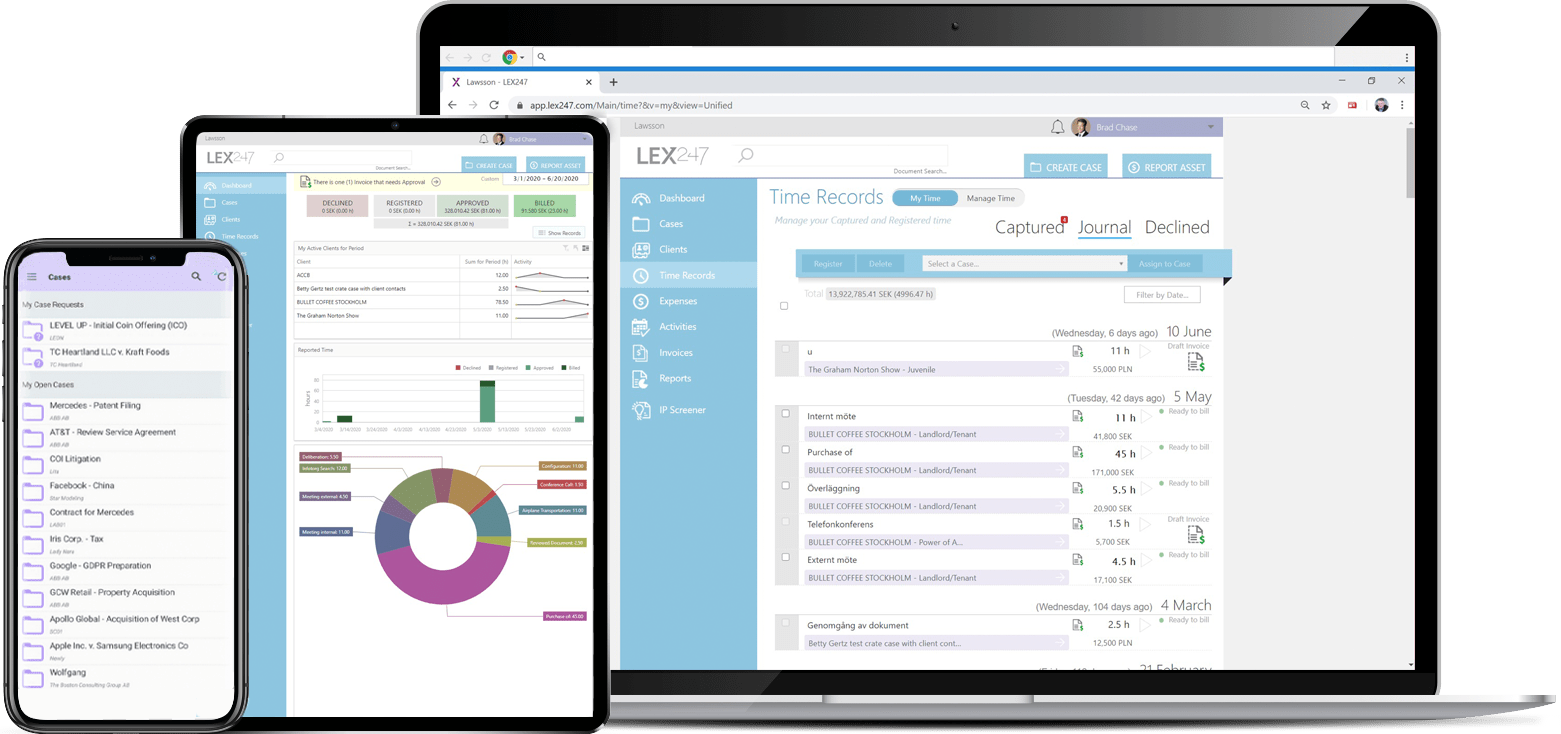Law firms are always looking for ways to make their work more efficient. Technology plays a crucial role in modern law firms, especially when firms merge. Integrating technology and systems can help law firms be more productive, keep clients happy, and stay competitive. In this article, we will explore the importance of integrating technology and systems in law firm mergers and how it benefits both the firm and its clients.

Enhanced Communication and Collaboration
Collaborating may not be difficult for a law firm operating from a single office, where employees and lawyers can meet and interact face-to-face. However, the situation can be different when two law firms with distinct cultures merge, and their respective members need to work together.
Nonetheless, a recently merged law firm can improve internal communication and ensure smooth collaboration by incorporating communication tools and collaborative platforms like Microsoft Teams, Slack, or Monday.
These tools, with their channels, chats, and integrations with various third-party software, can enhance teamwork. They enable real-time sharing of information between offices and facilitate the transfer of knowledge. This allows lawyers and staff to be on the same page, working efficiently on joint cases and leveraging each other’s expertise.
Streamlined Document Management
A law firm operating from a single office already handles a large number of documents and files on a daily basis. When two law firms combine, the amount of documents to manage becomes even more overwhelming. However, by integrating a document management system like SharePoint or NetDocuments, the storage, retrieval, and sharing of legal documents can be simplified for all offices.
With a centralized document repository, lawyers and staff members can access the same case files, contracts, and other important documents from anywhere. They no longer need to worry about whether they have the latest version of a document or if the document template is in the correct format.
This not only speeds up information retrieval for everyone across all offices but also reduces administrative burdens, particularly during the initial stages of the merged law firms when mistakes are more likely to occur.
Efficient Time and Task Management
The integration of technology enables a merged law firm to implement robust systems for managing time and tasks. By incorporating legal practice management systems like LEX247, there is no need to worry about the workflow of managing cases.
Legal practice management systems like Lex247 offer a service that can merge data from two offices into a single system. They also have the capability to integrate with document management systems, create multiple offices, business units, and billing units within a unified environment.
Tasks such as time tracking, billing, and case management can be streamlined with the same set of standards. This leads to improved productivity, accurate time recording, and efficient allocation of resources, which ultimately benefits both the firm and its clients.

Improved Data Security and Privacy
When two law firms merge into one, it is important to establish security measures such as firewalls, encryption, and backups. Conducting regular security checks and ensuring that staff members are aware of data protection protocols are essential for protecting information.
However, given the need to handle sensitive client information and confidential legal documents, it becomes even more important to adopt reliable legal practice management software with access restriction features, like LEX247.
This software not only provides strong security measures but also limits access to authorized lawyers, preventing unauthorized breaches. Moreover, it simplifies compliance with data protection regulations, thereby nurturing trust among clients.
Increased Cost Savings
Integrating technology and systems during law firm mergers can lead to significant cost savings. This is achieved by streamlining processes, reducing administrative overhead, and eliminating duplicate systems, resulting in more efficient resource utilization.
Furthermore, there is no need to waste time repeatedly drafting and creating the same document when technology allows multiple users to access and work on ongoing cases as soon as they receive authorization.
Moreover, the optimized use of technology helps reduce paper consumption, lower printing costs, and minimize physical storage requirements. This promotes a greener and more sustainable approach to legal practice.
Conclusion
In conclusion, technology has a significant role in improving the effectiveness of law firms, especially during mergers. By utilizing technology, staff members from different offices in a merged law firm can streamline their operations, access shared documents, and collaborate efficiently through a unified system.
This reduces confusion and misunderstandings, particularly during the early stages of the newly merged firm, while also increasing productivity and client satisfaction.






